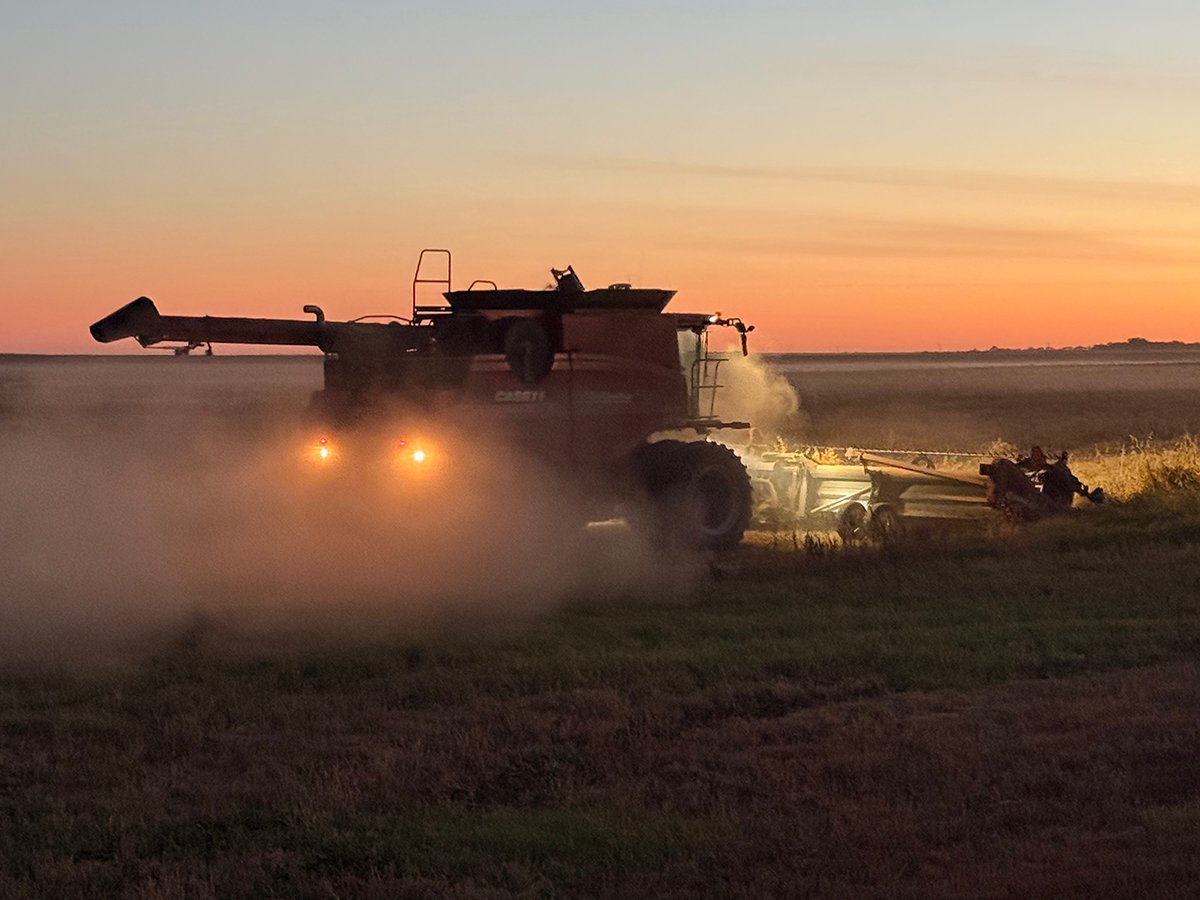Antibiotics are the cure for many human illnesses. And there aren’t many, or perhaps any, alternatives to antibiotics as a treatment for some of our ailments. If the organisms that cause illness become resistant to antibiotics, humans might be in big trouble. That’s why there is so much interest in the use of antibiotics, also called antimicrobials, in livestock production. The fear is that use or overuse in animals will create superbugs resistant to antibiotics, with adverse consequences for both humans and animals.
Well, you know that already, but I’m just laying some groundwork here, because there are two big conferences coming up that will explore the use of antimicrobials in livestock in efforts to gauge the level of risk and the degree of connection between antibiotic resistance and the use of these drugs for treatment or illness prevention in food animals.
Read Also

Downturn in grain farm economics threatens to be long term
We might look back at this fall as the turning point in grain farm economics — the point where making money became really difficult.
An American conference is scheduled Oct. 26-27 in Chicago hosted by the National Institute for Animal Agriculture. It summarizes the meeting as “a dialogue among leaders from animal agriculture, public health, consumer advocacy and the media to discuss science and future strategies.” See details at www.animalagriculture.org.
What you can take from this, besides the dates and locations should you want to attend, is the fact that microbial use in livestock is being taken seriously and promises to be thoroughly explored.
It has already been the focus of scientific study, including one recent project involving four commercial feedlots in southern Alberta. Dr. Tim McAllister of Agriculture Canada provided me with a summary paper on this research and I plan to explore it more thoroughly in a Western Producer news story.
Essentially, scientists were encouraged by their findings, in that types and amounts of resistance were similar to previous studies, suggesting the situation is not markedly worsening. Resistance to modern and clinically important classes of drugs for humans was not observed to any significant extent, the paper said.
However, scientists see the need for further study because development of antimicrobial resistance is a foregone conclusion.
Stay tuned.
















